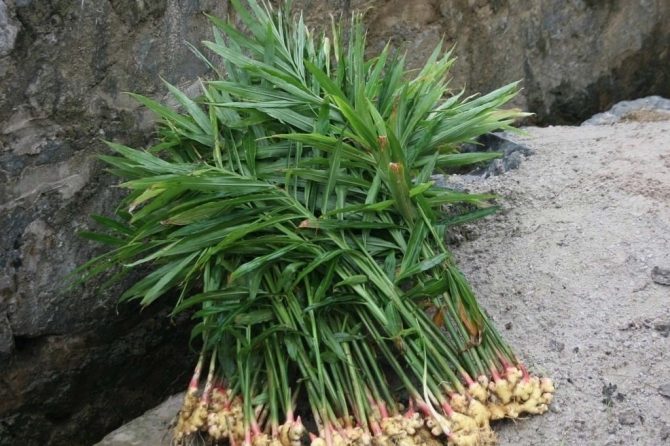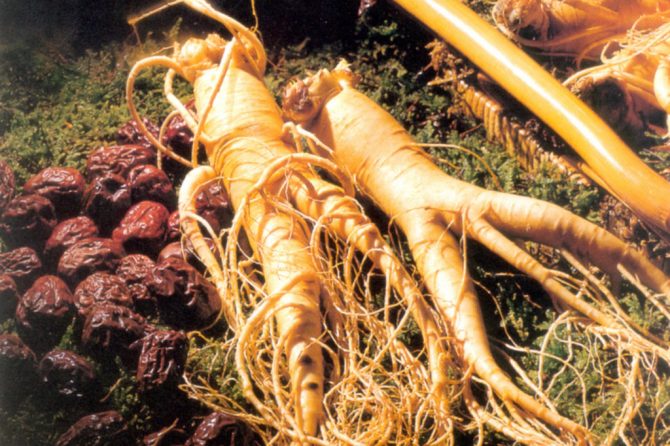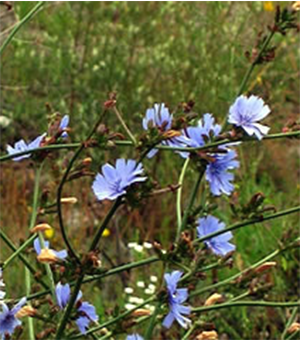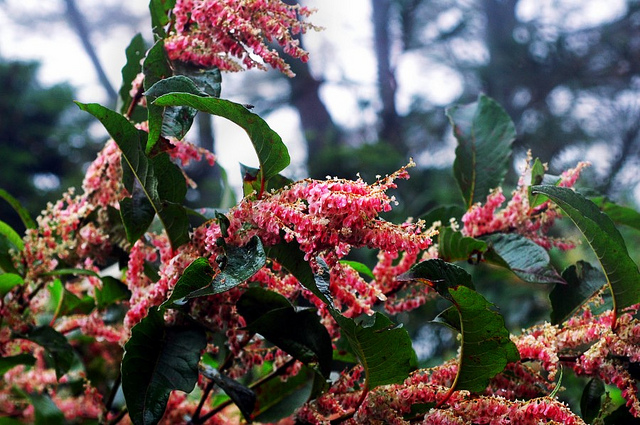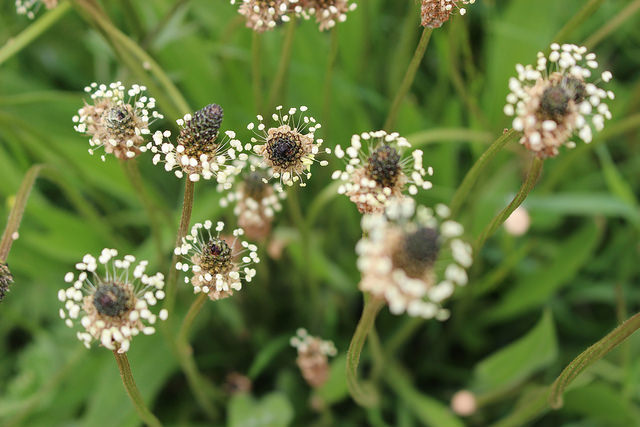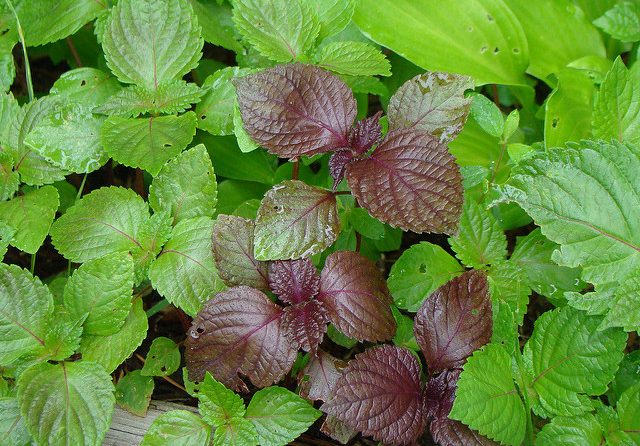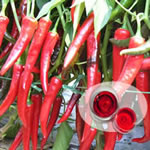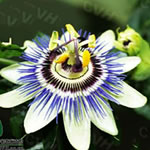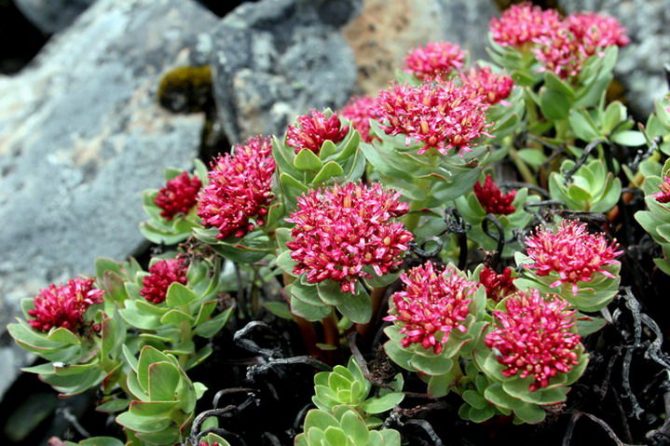
RHODIOLA ROSEA
Profile Latin Name: Rhodiola Rosea CAS No.: 97404-52-9 Active Ingredient: Rosavins Specifications: 1%, 3%, 5% Test Method: HPCL / UV-VIS Description A plant native to mountainous regions of Asia, parts of Europe and the Arctic, Rhodiala Rosea has long been used as a healing herb. Traditionally it is often recommended to help combat fatigue
Read more
